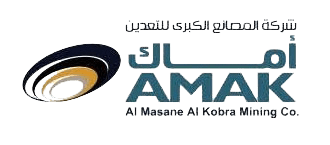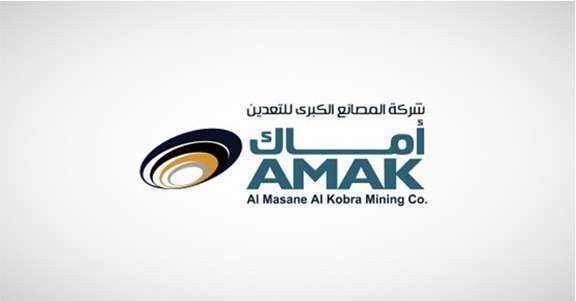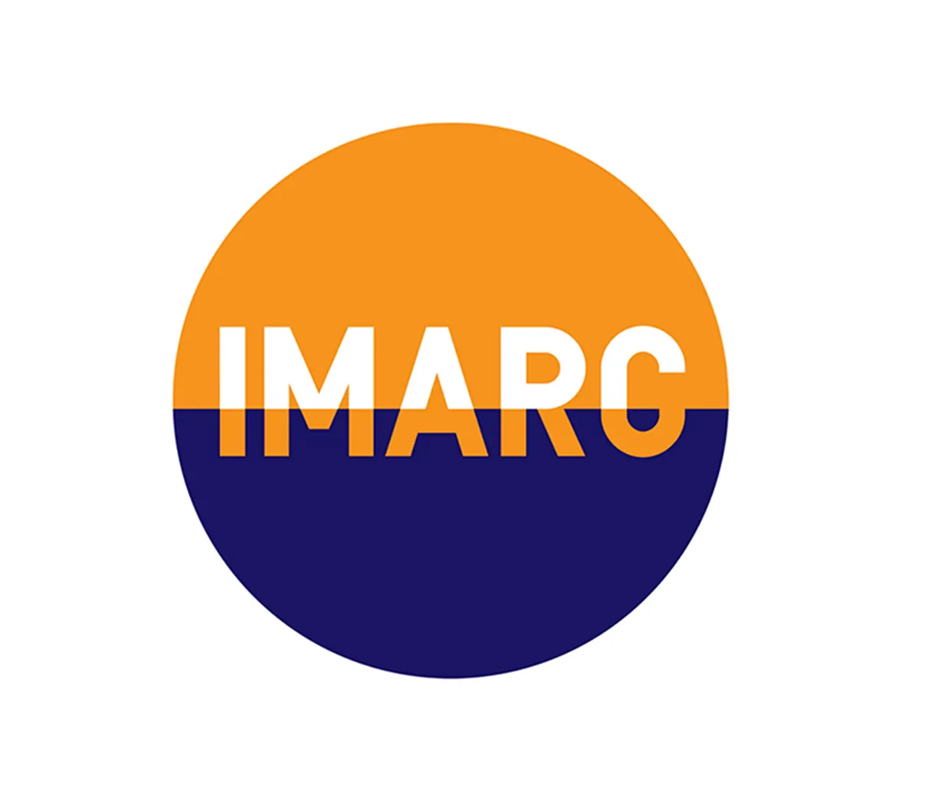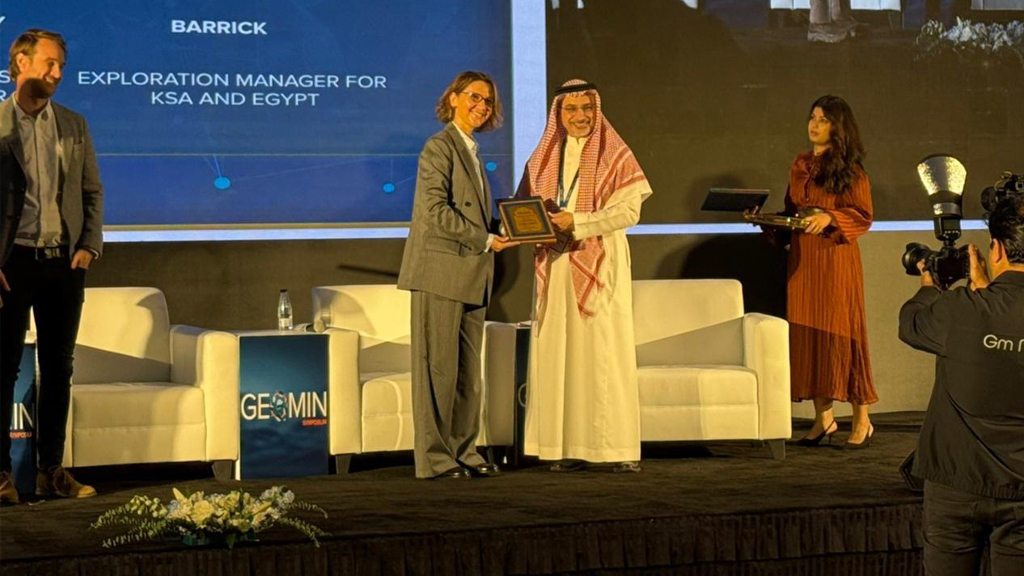Recognized as one of the world’s leading platforms for the mining, investment, and technology sectors, Resourcing Tomorrow brings together more than 2,000 senior leaders and specialists to discuss the future of mineral resources, sustainability, and global collaboration.
Mining with Purpose
As Saudi Arabia’s largest fully publicly listed mining company, Al Masane Al Kobra Mining Company is increasing production, diversifying into new commodities, and setting the stage for long-term growth.
AMAK discovers potential mineral resources of copper, zinc, gold, and silver ores in the Najran region.
CEO’s interview from Al Arabiya Business.
AMAK at IMARC 2025
We’re pleased to announce that AMAK participated in IMARC 2025, which was held from 21–23 October at the ICC Sydney, Australia.
AMAK at the Minerals of the Future SAUDI ARABIA’S VISION 2030 IN ACTION – London
As part of LME Week 2025, AMAK Almasae Alkobra Mining Company is honored to join the official Saudi delegation on 15th Oct. 2025, led by the Ministry of Industry and Mineral Resources, at the Minerals of the Future in London.
AMAK at GEOMIN 2025
As part of our continued journey to strengthen the position of Saudi Arabia’s mining sector on the global stage..
Al Masane Al Kobra Mining Company : Mining with Purpose
Under the leadership of CEO, Geoff Day, Al Masane Al Kobra Mining Company is driving growth in copper, zinc, gold, and iron ore whilst advancing sustainability and community impact.
AMAK celebrates the 95th Saudi National Day under the slogan: “Our Pride is in Our Nature”
Almasane Alkobra Mining Company (AMAK) celebrated the 95th Saudi National Day on Wednesday, 24 September 2025,
